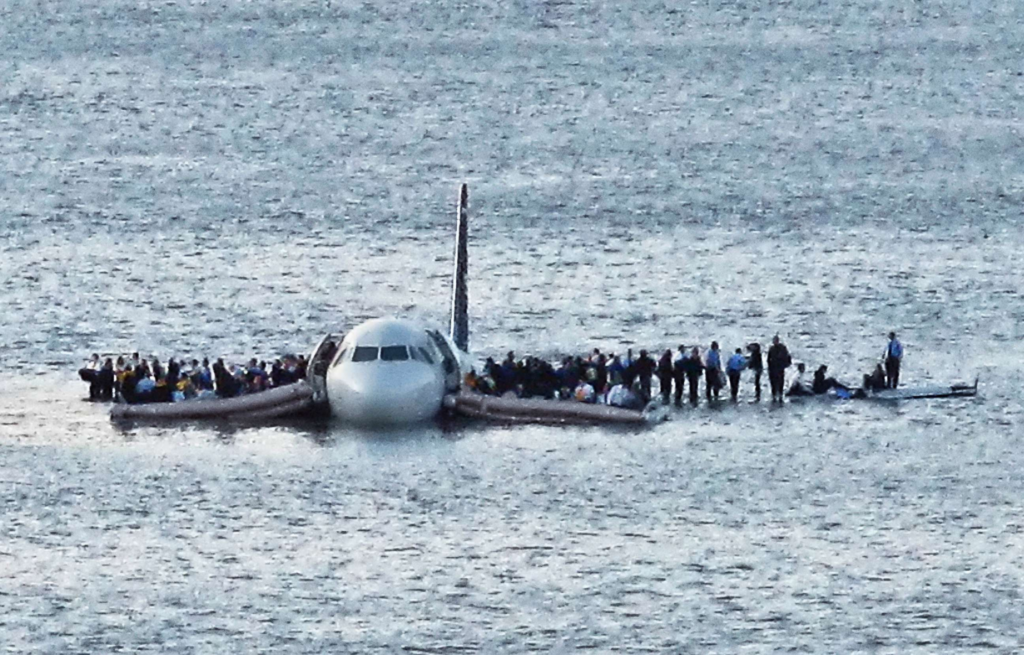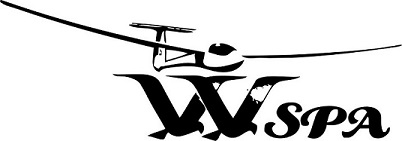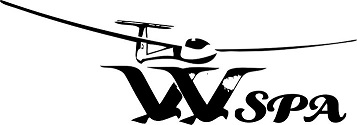Written By Ishitha Arekapudi
Flying a glider offers an unmatched way to begin your aviation journey, and many of history’s most famous pilots got their start through glider training! For me, beginning training at gliders at 14, these role models fueled my inspiration to continue on this path of determination and discovery. The stories of Neil Armstrong and Chesley “Sully” Sullenberger convey just how vital glider training can be in shaping exceptional pilots who go on to achieve greatness.

Neil Armstrong: From Gliders to the Moon
Before Neil Armstrong became the first human to walk on the Moon, he was a glider pilot! His flying career began at the age of just 15 when he earned his glider pilot license. This experience proved invaluable as he progressed in his aviation career, later joining NASA’s astronaut program. If you are considering beginning gliders, it is absolutely incredible to see the stories of these incredibly accomplished individuals and how even they began training at such a young age.
Gliders taught him how to think critically about the environment around him and respond to subtle changes in the air, which you pick up as a glider pilot without the constant roar of the engine. Flying without the aid of an engine required increased awareness, focus, and decision-making skills, which served him well during his pioneering journey into space. His glider training helped him develop an intuitive understanding of flight that carried him through some of the most challenging and dangerous situations of his life, from test flights to landing on the Moon.

Chesley “Sully” Sullenberger: Glider Training Saves Lives
In 2009, Captain Chesley “Sully” Sullenberger became a national hero when he successfully landed US Airways Flight 1549 on the Hudson River after both engines failed. While his glider training wasn’t the only factor in his quick thinking, it played a crucial role in helping him stay calm under pressure. You may have heard of this at the time, but it is an incredibly difficult endeavor, and one that Sully deservingly receives honor for.
Sully had a deep foundation in glider flying, which he also began in his teenage years. His early experiences in gliders taught him to handle aircraft without the safety net of an engine, honing his ability to assess and respond to changing conditions. This background gave him the confidence to execute an emergency landing with precision, saving the lives of all 155 passengers on board. When the engines failed over the crowded New York City skies, Sully’s glider training kicked in. He was able to focus on the environment around him, recognizing the best possible route for an emergency landing. His decision-making in that critical moment was rooted in years of flying unpowered aircraft, which taught him the importance of energy management and quick, deliberate choices.
Both Neil Armstrong and Sully Sullenberger’s stories demonstrate the invaluable skills learned through glider flying. For Armstrong, gliders offered the foundation for his career as an astronaut, and for Sully, they helped him manage a life-or-death situation in the air. These pilots prove that glider flying isn’t just about learning to control an aircraft, but it’s about developing the instincts, awareness, and critical thinking skills that make extraordinary pilots. Whether you aim for the stars or the next emergency landing, starting with a glider can set the stage for incredible success!

